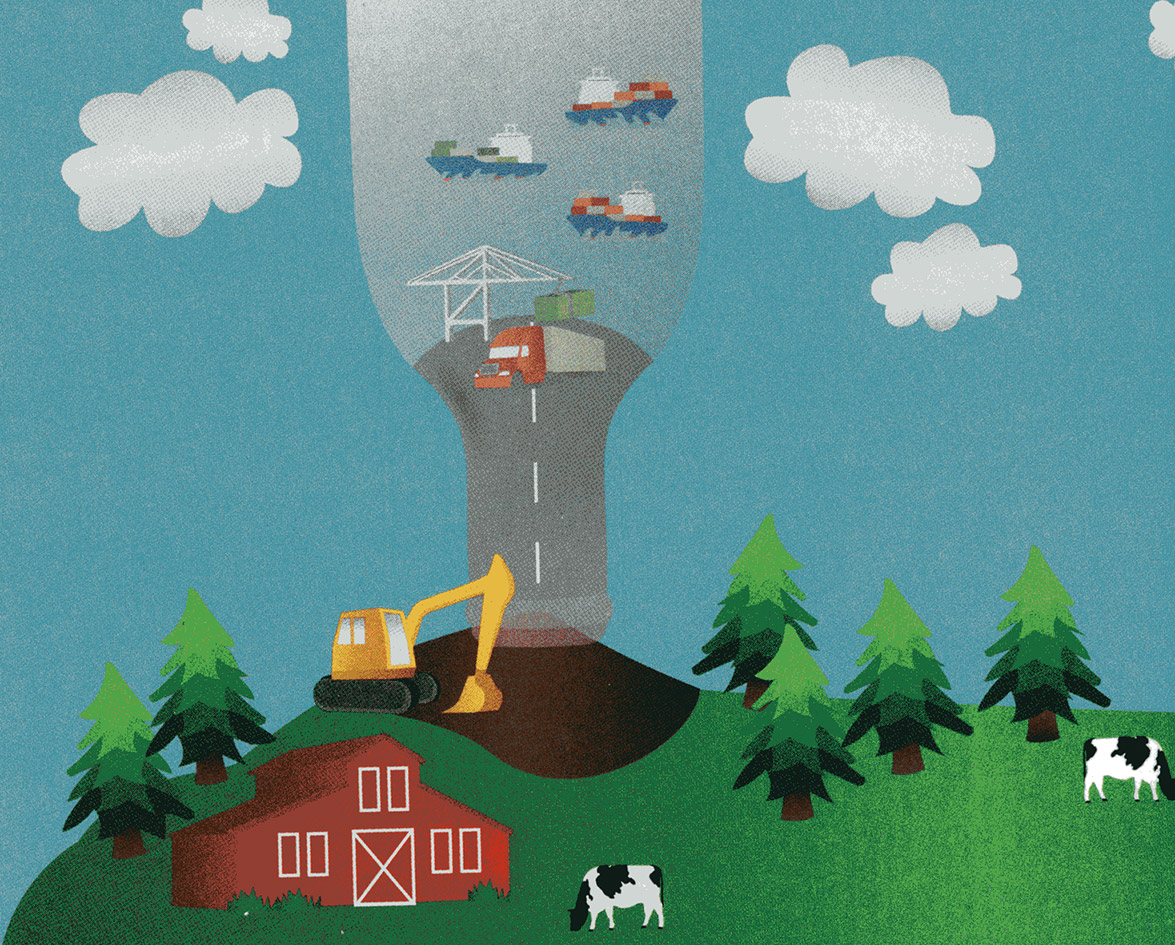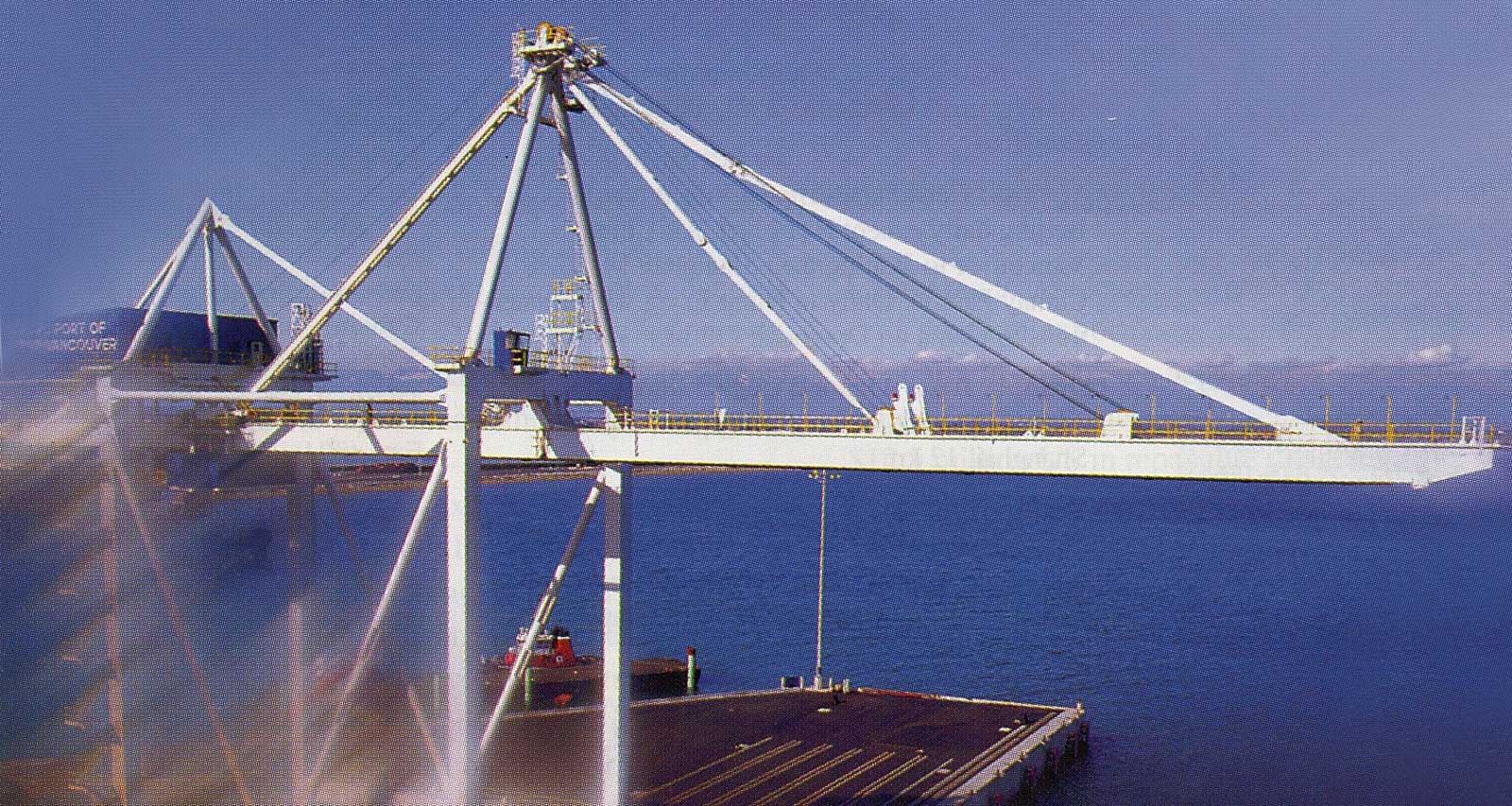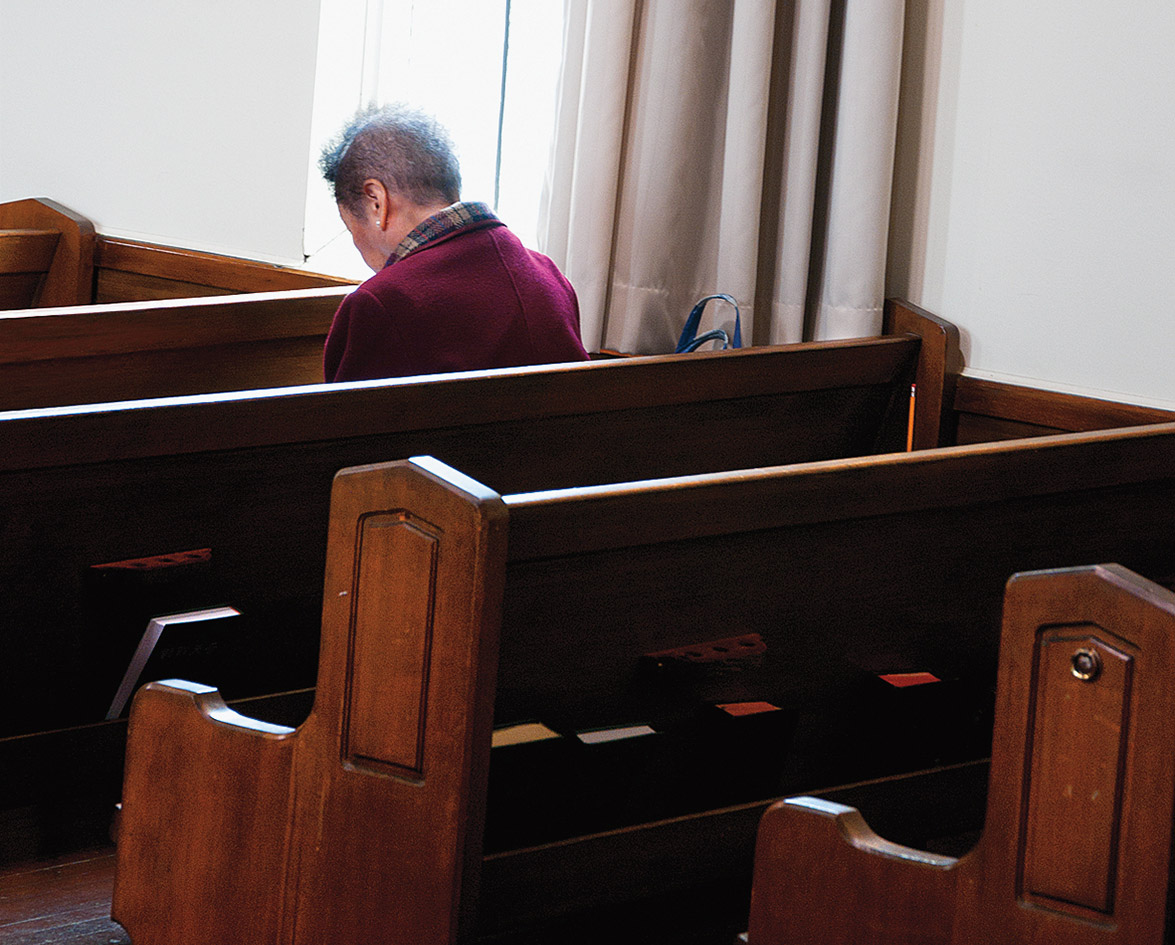Since China signed on with the World Trade Organization in 2001, it has become a major trade partner with Canada, rising from fourth position in 1997 to second place today. As of 2006, $42 billion in trade occurred between the two countries. To meet increasing export demands, China plans to construct close to 100 new deep-water berths along its port cities, each having the capacity to ship half-a-million freight containers per year. This is creating a logistical nightmare for port cities throughout North America as they struggle to improve their infrastructure and avoid bottlenecks when increased imports hit their docks.
On January 18, 2010, Port Metro Vancouver announced the official opening of the third berth at its Deltaport facility, a $400-million investment. Deltaport, located in South Delta, is now the largest container terminal in Canada, and handles approximately 45 percent of the containerized cargo moving through Canada’s west coast. This two-year construction project increases Deltaport’s capacity by 50 percent, adding approximately 20 hectares of container storage facilities—the equivalent of 37 American football fields.
While such developments are helpful to reduce delays with receiving imports, they are creating additional pressure on local communities to make way for imposing infrastructure. To ease roadway congestion, there are plans to construct a new 40-kilometre South Fraser Perimeter Road (SFPR)—a corridor that will move incoming goods from China via the Deltaport container terminal to destinations throughout Canada and into the United States.
The SFPR runs east from the Deltaport container terminal along the Fraser River. Bisecting local farms and jeopardizing environmental havens such as Burns Bog, the SFPR will ultimately connect with Highways 1, 91 and 99, as well as the new Golden Ears Bridge. Farmers and other stakeholders, such as the Burns Bog Conservation Society, continue to plead with government officials for a plan to mitigate the impact on agricultural land, wildlife habitat and environmentally sensitive areas. Burns Bog is an important refuge for owls, a nesting ground for Bald Eagles, and is identified as one of the most valuable ecological areas located along the proposed pathway of the SFPR.
On November 24, 2010, the Burns Bog Conservation Society launched a lawsuit against several Canadian government agencies, claiming the development of the SFPR defies the laws outlined in the Canadian Environmental Act and Federal Species at Risk Act. But while the group had hoped to delay the SFPR project through legal action, construction continues as the case makes its way through the courts. Meanwhile, trade with China—and the insatiable demand from Canadian consumers for goods made in China—continues to grow, making the expansion of Vancouver’s ports all but certain.











